SpaceX’s Falcon 9 rocket’s first stage completed a perfect landing, touching down on the company’s “Just Read the Directions” drone ship in the Atlantic Ocean off of the Florida coast. Coming up next will be second engine cutoff, or SECO .
SpaceX’s Falcon 9 rocket’s first stage completed a perfect landing, touching down on the company’s “Just Read the Directions” drone ship in the Atlantic Ocean off of the Florida coast. Coming up next will be second engine cutoff, or SECO .
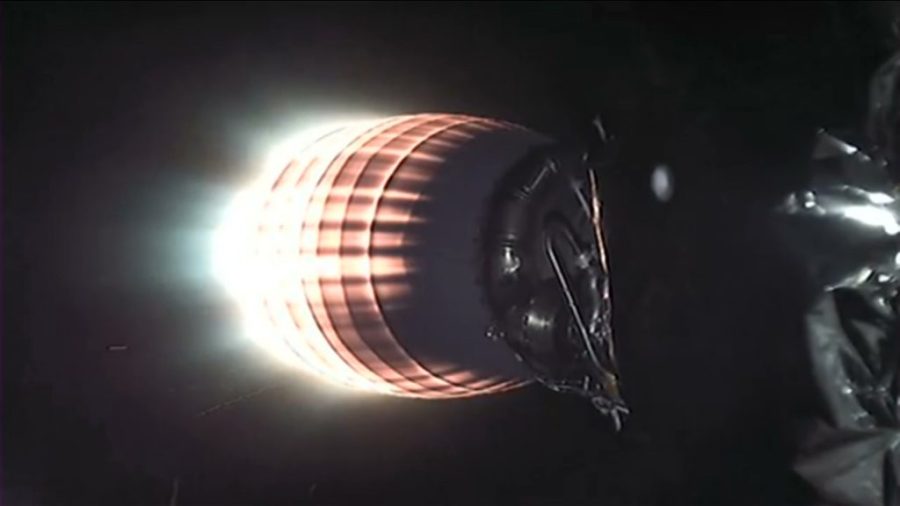
The Falcon 9 rocket’s nine Merlin engines have finished their burn for main engine cutoff (MECO), and the first stage has separated from the rocket. As the second stage continues carrying IXPE on its flight, the rocket’s first stage will attempt a targeted landing on SpaceX’s drone ship “Just Read the Directions.” That’s coming up …
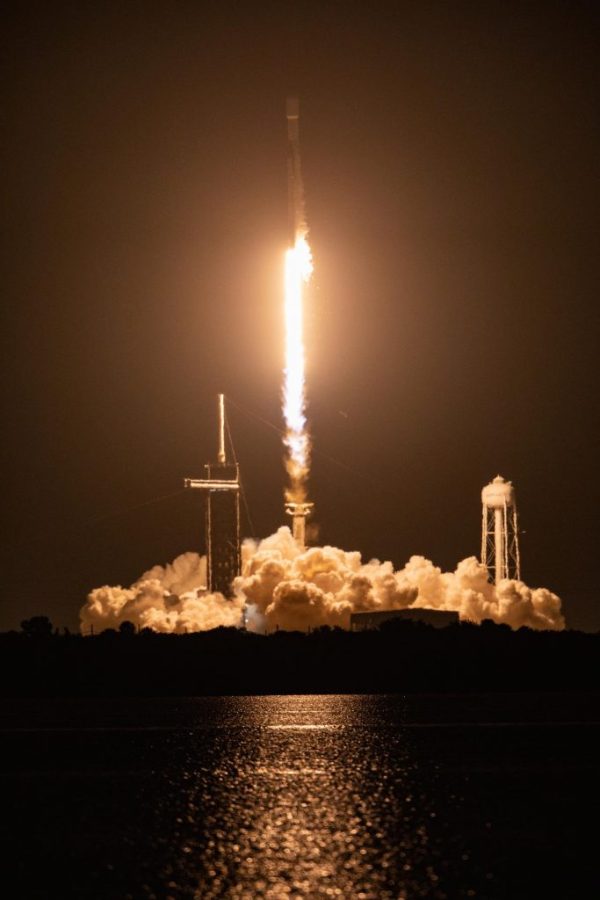
3, 2, 1 … LIFTOFF! NASA’s Imaging X-Ray Polarimetry Explorer (IXPE) spacecraft lights up the early morning Florida sky as it roars off the launch pad at NASA’s Kennedy Space Center on the agency’s first dedicated mission to measuring X-ray polarization. Sandra Connelly, deputy associate administrator for science at NASA Headquarters, stated during the mission’s …
NASA Launch Director Tim Dunn gives the final ‘go’ for the agency’s Imaging X-Ray Polarimetry Explorer (IXPE) launch! The Kennedy Space Center skies soon will be lit up as the Falcon 9 rocket fires up to launch the mission into space.
Everything is looking great as NASA’s Imaging X-Ray Polarimetry Explorer (IXPE) spacecraft, aboard a SpaceX Falcon 9 rocket, prepares to launch into the sky from NASA’s Kennedy Space Center in Florida. We are now just about 5 minutes away from liftoff. NASA Launch Director Tim Dunn reported the rocket is on internal power and it …
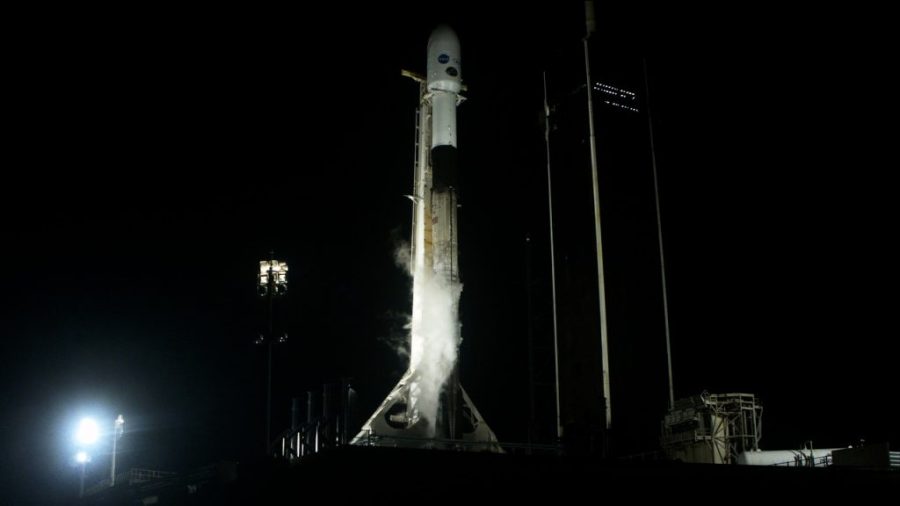
In just about 10 minutes, the Falcon 9 rocket’s nine Merlin engines will roar to life, sending SpaceX’s Falcon 9 rocket and NASA’s Imaging X-Ray Polarimetry Explorer (IXPE) spacecraft into space. The rocket has been fueled with liquid oxygen and RP-1 – rocket-grade kerosene. The Falcon 9’s engines are chilling in preparation for launch. Excitement …
The weather outlook for NASA’s Imaging X-Ray Polarimetry Explorer (IXPE) launch from Kennedy Space Center remains outstanding. Weather officials with Cape Canaveral Space Force Station’s 45th Weather Squadron predict a greater than 90% chance of favorable conditions for liftoff of NASA’s first dedicated mission to measuring X-ray polarization. Propellant load is underway, which eliminates IXPE’s …
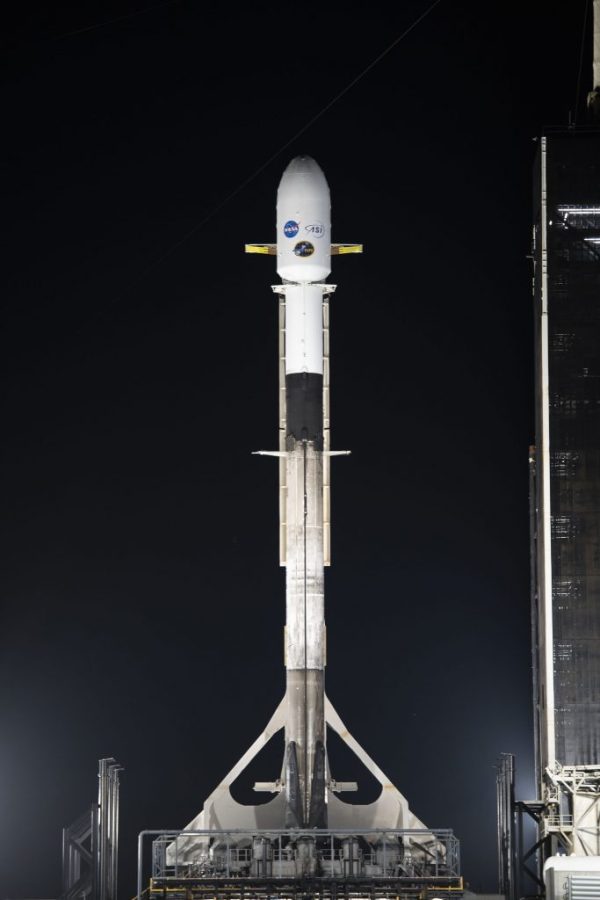
Here are some fun facts you may not know about NASA’s Imaging X-Ray Polarimetry Explorer (IXPE) mission: IXPE will study targets over a broad range of types of astronomical X-ray sources with emphasis on black holes and neutron stars. The mission will accomplish, for the first time, high-sensitivity measurements of the polarization of X-rays coming …
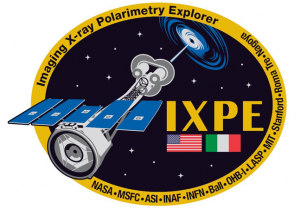
Tune in to NASA Television, the NASA app, or the agency’s website, starting in about 10 minutes (12:30 a.m. EST), for live broadcast coverage of NASA’s Imaging X-Ray Polarimetry Explorer (IXPE) mission. Liftoff, aboard a SpaceX Falcon 9 rocket from Kennedy’s Launch Complex 39A, is targeted for 1 a.m. EST. The Launch is managed by NASA’s Launch …
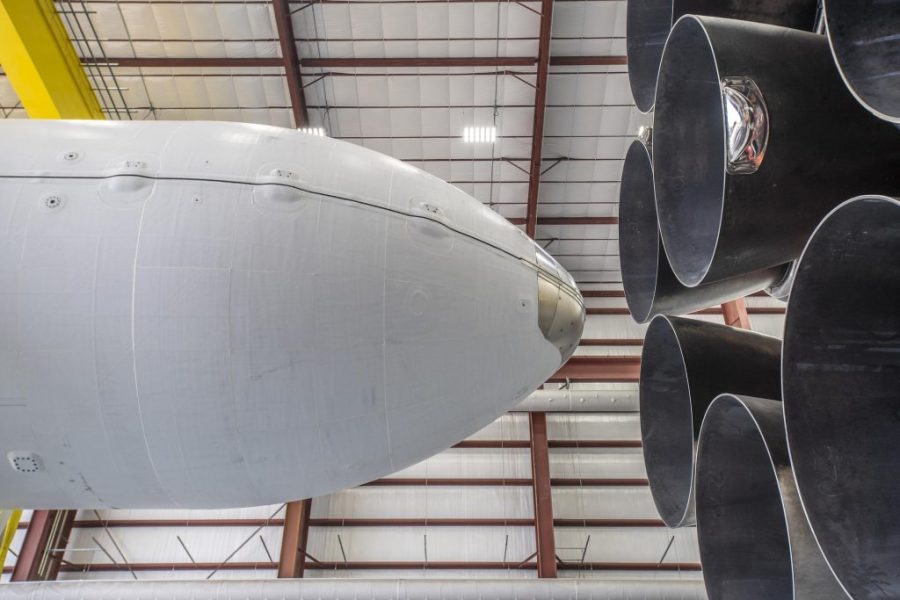
Here is a look at some of the key milestones for today’s IXPE launch: Mission Timeline (all times approximate) LAUNCH AND SPACECRAFT DEPLOYMENT Time Events 1 a.m. EST Liftoff T+153 sec First stage main engine cutoff (MECO) T+156 sec First and second stages separate T+164 sec Second stage engine start 1 …